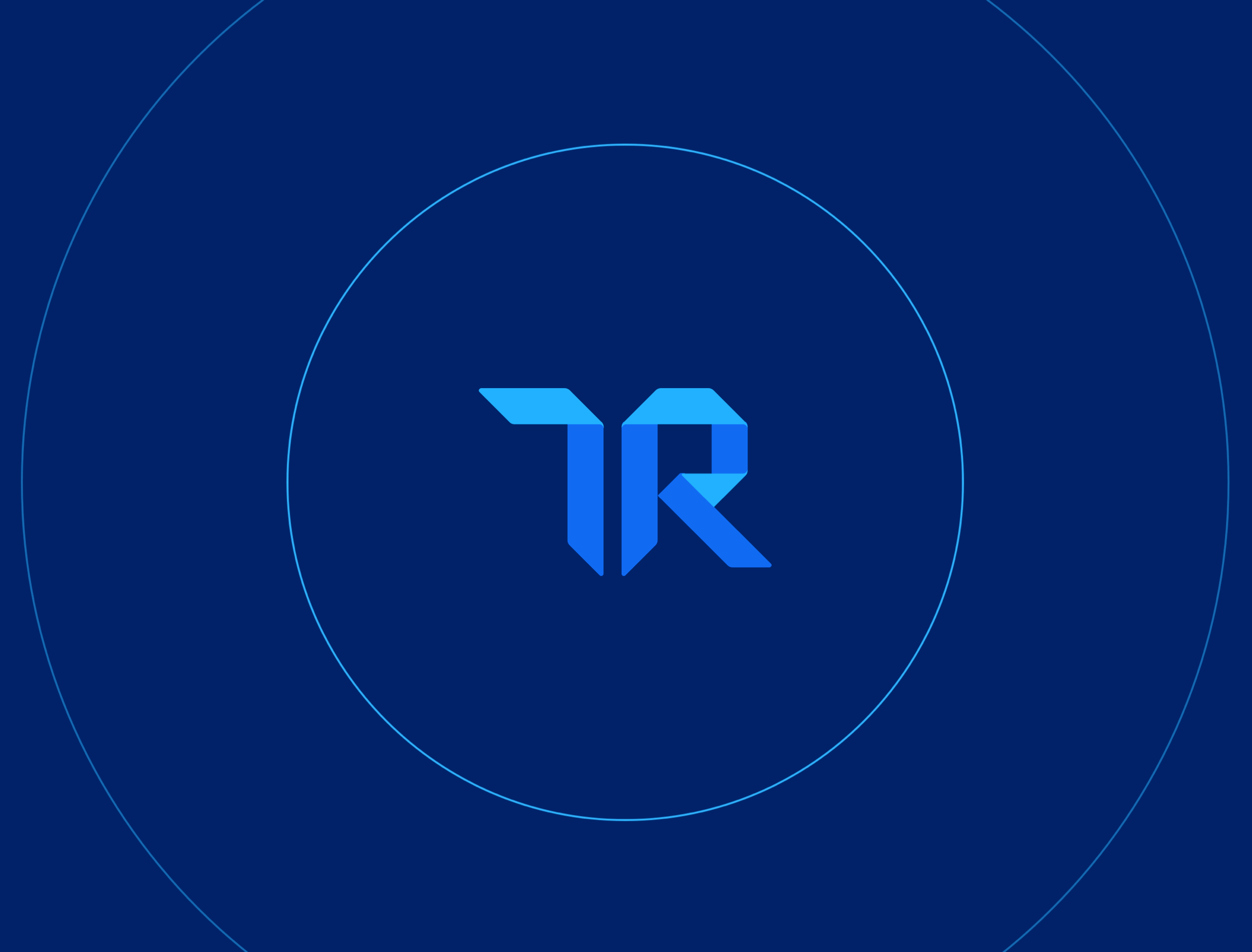AIOps in an Enterprise Environment
Big data is being collected at such exponential rates that traditional IT approaches are struggling to keep up. This is where artificial intelligence for IT Operations, or AIOps comes into play. AIOPs platforms use machine learning to collect and analyze big data from various sources.
This effectively increases the organization’s infrastructure visibility and allows IT teams to automate processes such as alert handling. With AIOPs, IT teams can manage this large influx of data being generated and produce actionable insights for the enterprise as a result.
Check out our post below to learn more about how AIOps works and what it can do for you:
AIOps for Enterprises
AIOPS tools are as varied and specialized as the hoards of information they help you manage. The options below can provide tools to quickly address problems and potentially spot them before they start. It is essential to find the software best-suited to your specific needs. The options covered here are:
| Cost | Use Case | Top Features | TR Score | |
| ScienceLogic SL1 | Starts at $7.50 per month per node | Enterprise | Hybrid Cloud Monitoring Business Service Visibility Workflow Automation | 8.6/10 |
| LogicMonitor | Quotes available through vendor | Companies of all sizes | Data Forecasting Root Cause Analysis Dynamic Thresholds | 8.6/10 |
| PagerDuty | Starts at $0 per month for 5 users and ranges to $41 per month per user | Enterprises | Incident Detection Automated Diagnostics and Remediation Alert Volume Reduction | 9.0/10 |
| Splunk IT Service Intelligence | Quotes available through vendor | Enterprises | Service Focussed Dashboards Predictive Alerting Automated Event Aggregation | 9.1/10 |
| New Relic | First 100GB is free for basic users, and custom quotes are available for additional data/users needed | Enterprises | Instant Anomaly Detection Event and Alert Correlation Automatic Root Cause Analysis | 8.5/10 |
Choosing the Right AIOPs Tool for Your Enterprise
It’s important to choose the right AIOPs tool for your enterprise. In order to do so, we strongly recommend you consider the following factors when making your decision:
Features
When it comes to choosing an AIOPs tool for your enterprise, you should take a moment to consider the features you need. Some AIOPs tools do more than just incident detection. Depending on your enterprise’s needs, you may want to research tools that can also help with other areas such as infrastructure monitoring or predictive analysis. Ultimately, the features offered by an AIOPs tool can vary quite a bit. Make sure to thoroughly research what each tool is capable of before deciding on one.
Pricing
Pricing is another factor to consider when choosing a tool for your enterprise. Some tools cost more than others, and some tools are completely free. Typically paid tools will offer more specific features and functionality. Free tools will offer more general features but may be more fit for the budget you had in mind.
Support and Integrations
You should also consider the support and integrations offered by the AIOPs tool. Some tools can integrate with collaboration tools, such as Slack, which tend to be widely used in enterprise-level organizations. Some tools integrate with other software that increases event management and/or infrastructure visibility. You should really consider what software support and integrations your enterprise needs.
ScienceLogic SL1
ScienceLogic SL1 combines IT infrastructure monitoring with AIOPs to generate better visibility into your enterprise’s entire tech stack. ScienceLogic correlates data using relationship mapping features. This results in data being collected and displayed all in one location, and produces actionable insights that can be acted upon. This tool is fantastic for enterprises that need to monitor infrastructure across multiple deployments and environments.
Use Case
ScienceLogic SL1 is best suited for enterprises in the Information Technology and Services industry. It works best for enterprises who have multiple deployment types and need unified visibility into each part of their infrastructure.
Features
Hybrid Cloud Monitoring: ScienceLogic unifies infrastructure and performance monitoring across multiple deployment types.
Business Service Visibility: Dynamically detect and map services to topology changes. ScienceLogic also provides machine learning driven health-availability-risk dashboards to aid in analyzing service impact.
ITSM Workflow Automation: Integrations with ITSM tools allow users to synchronize data sources to maintain accuracy. This results in automatic ticket creation, routing, updating, and closing.
IT Workflow Automation: Automated troubleshooting allows for tickets to include real-time diagnostics related to the event as it unfolds. With all this information readily available, users can reduce MTTR, and solve problems faster. ScienceLogic also includes an automation library that contains over 400 automations.
Cost
ScienceLogic SL1 offers 3 tiers for pricing:
Hybrid Cloud Monitoring – Starts at $7.50 per node per month
Service Centric Operations – Starts at $15 per node per month
Intelligent Automated Operations – Starts at $22.50 per node per month
LogicMonitor
LogicMonitor offers an Early Warning System which can detect warning signs and symptoms that typically turn into issues. This includes patterns or alert and performance anomalies. Detection of warning signs and symptoms can be set as trigger events which then run integrations and/or scripts to prevent the issue from occurring. What sets LogicMonitor apart from the rest is their data forecasting, which can predict trends in infrastructure components based on past performance metrics.
Use Case
LogicMonitor is most commonly used by mid-sized companies in the Technology Information and Services industry. It is ideal for organizations looking to predict, detect, and understand trends in monitored infrastructure.
Features
Data Forecasting: LogicMonitor’s data forecasting capabilities allow users to predict trends in their monitored infrastructure based on past performance metrics.
Root Cause Analysis LogicMonitor also incorporates root cause analysis which automatically discovers relationships between resources and figures out which alert triggered the event, and then notifies the necessary users.
Dynamic Thresholds: Dynamic thresholds utilize anomaly detection to identify a resource’s expected performance range based on past performance and limit alert notifications that fall outside of that threshold.
Cost
LogicMonitor offers a free trial, however prices are not listed. Users may obtain a pricing quote by reaching out to LogicMonitor directly.
PagerDuty
PagerDuty is an IT alert and incident management application. They offer two AIOPs products: PagerDuty Event Intelligence and PagerDuty Automated Actions.
PagerDuty Event Intelligence uses critical signals and context to allow users to take real-time action against issues, resolve issues faster, and reduce downtimes. PagerDuty states that this product can reduce noise by up to 98%, and results in 50% less incidents than users who only use PagerDuty for incident response. If you struggle with high volumes of alerts during incidents, PagerDuty is the product for you!
H4 Use Case
PagerDuty is used primarily by enterprises in the Computer Software industry. This product is particularly useful for organizations that receive a large influx of alert notifications for each incident.
H4 Features
- Smart noise reduction
- Pause incident notifications & auto-pause incident notifications
- Probability origin
- Past and related incidents
- Outlier incident
- Event orchestration
- Automated diagnostics and auto-remediation
- Change events and custom change event transformer
- Change correlation
PagerDuty Automation Actions connects responders and event rules which can automate diagnosis and remediation of problems in production infrastructure. It integrates with PagerDuty to assign existing automated tasks to incidents in PagerDuty.
- Securely connect to automation in production environments
- Automate diagnostics and remediation
- Delegate automation to end users
- Self-healing automation
- Invoke automation within Slack
- Automate from anywhere
- Deploy from event orchestration
- Resolve incidents directly from Salesforce.
Cost
PagerDuty offers multiple tiers that vary depending on a user’s needs.
Free – Free for up to 5 users
Professional – $21 per user per month
Business – $41 per user per month
Digital Operations – Contact PagerDuty for a quote
PagerDuty also offers several add-ons for additional cost. These are priced out on PagerDuty’s pricing page.
Splunk IT Service Intelligence
Splunk IT Service Intelligence (ITSI) is a software that protects service performance with AIOPs. According to Splunk, users can predict, detect, and resolve incidents from a central location. Splunk ITSI also offers KPI and service-level monitoring, intelligent incident management, machine learning, and predictive analytics. This product would be ideal for users looking for something that excels at service-level incident prediction, detection, and resolution.
Use Case
Splunk IT Service Intelligence is commonly used by enterprises in the Information Technology and Services industry. If you are looking for a product that can predict, detect, and resolve incidents that occur on the service level, this product is for you!
Features
Service-oriented dashboards: Monitoring through performance dashboards that track KPIs and service availability.
Service deep dives: Analyze service metrics in swim lanes and source raw data to identify out root causes.
Predictive alerting: Detect future service failures using machine learning and previous data. Gain full access to all data.
Automated event aggregation: Collect data on events from multiple sources and visualize them in a single framework. Trigger alerts as data enters the system with plug and play machine learning policies.
KPI-driven triage view: Prioritize incidents by impact severity, which ensures the most critical issues get handled first.
Integrations with ITSM: Trigger service ticketing, on-call responses, and automated playbooks from the incident review.
Cost
Splunk IT Service Intelligence does not list pricing for their product, but a pricing quote can be obtained from contacting Splunk directly.
New Relic
New Relic is a SaaS-based web and mobile application performance management tool that works in the cloud and with datacenters. New Relic offers applied intelligence to quickly discover and prevent problems, reduce the volume of redundant alerts, and produce root cause analysis to generate automatic insights. What’s more, New Relic offers these services for free! New Relic is ideal for any user who’s looking for an affordable AIOPs solution.
Use Case
New Relic is useful for enterprises in the Computer Software industry. This product is also great for users who need an AIOPs solution on a budget or users who might be looking to familiarize themselves with AIOPs solutions before committing to a product.
Features
Instant Anomaly Detection: New Relic identifies changes across all applications and services then generates automatic alerts. Slack and other collaboration tool integrations make it possible to receive notifications and in-depth analytics.
Correlate Alerts and Events: Automatically group alerts and events to minimize alert redundancy by up to 80%. Events can be tracked by time, alert context, and relationship data across a user’s systems.
Automatic Root Cause Analysis: Solve problems faster using automatic insights that identify the root cause of every problem. Understand the “why” behind each issue, which systems are impacted, and what action is needed for a resolution of each problem. Machine learning policies guide who is the best equipped to solve the problem.
Cost
New Relic offers their services for free! Users can pay for higher tiers of the service if they wish to scale their use with New Relic.
The free version of New Relic includes 100GBs of data processing, 1 full user, unlimited basic users, 8 days of retention, and 100 synthetic checks.
Users can add additional data processing for $0.30/GB of data and additional full or core users which are priced by the amount of users and user permissions needed.
For more information about New Relic pricing, check out New Relic’s pricing page.
Additional Resources
Check out IBM’s video to learn more about the benefits of AIOPs!
For more information about AIOps, click here! Have you used an AIOps solution before? Consider checking out our website and writing a review!
Was this helpful?

Looking for your next AIOps Solution? Click here to read REAL reviews from users like you!
